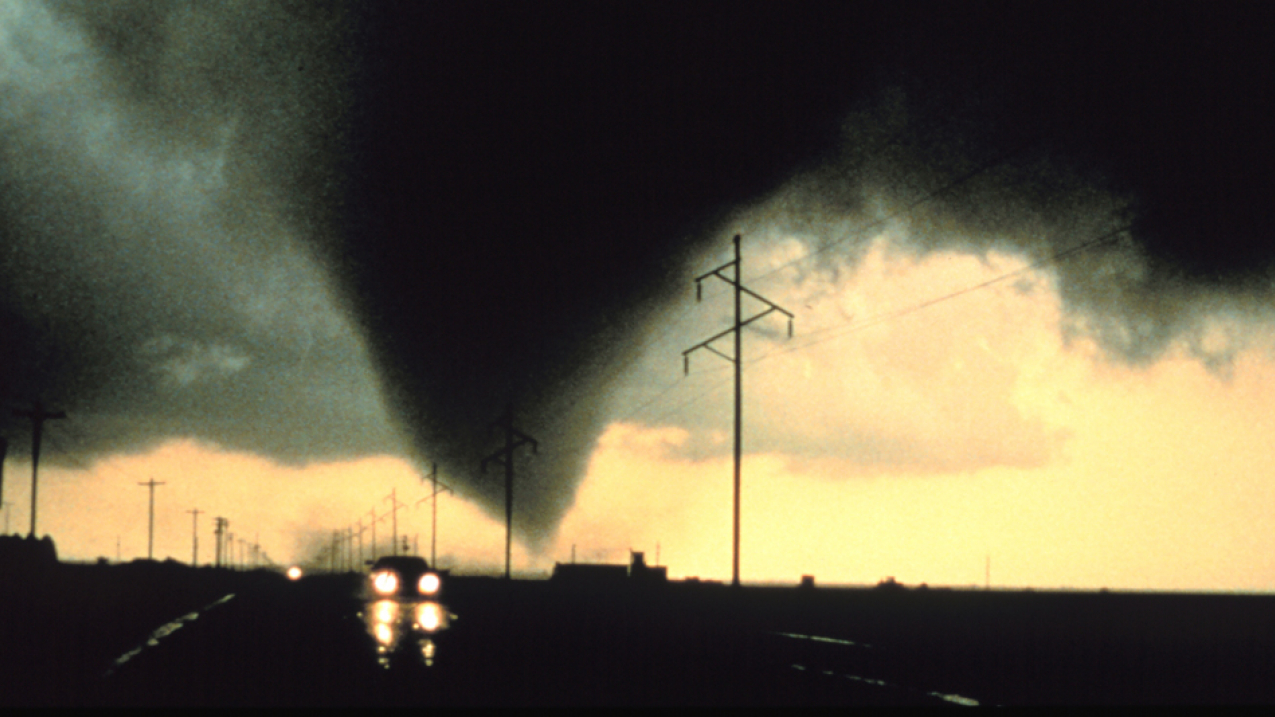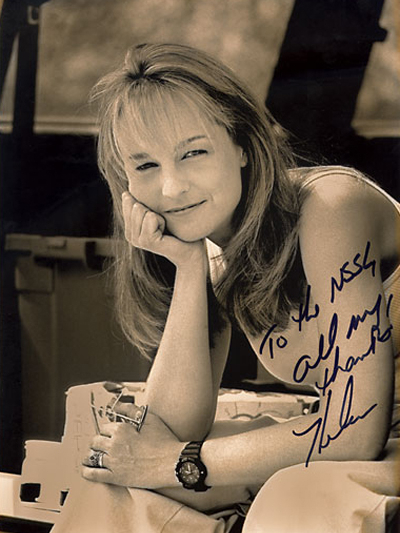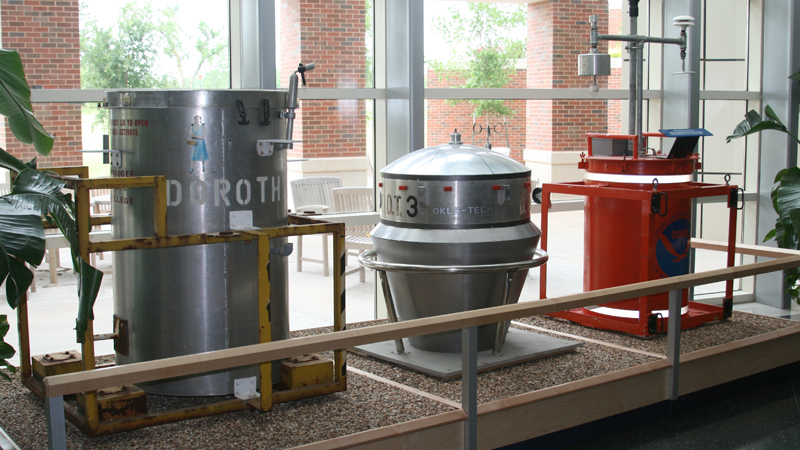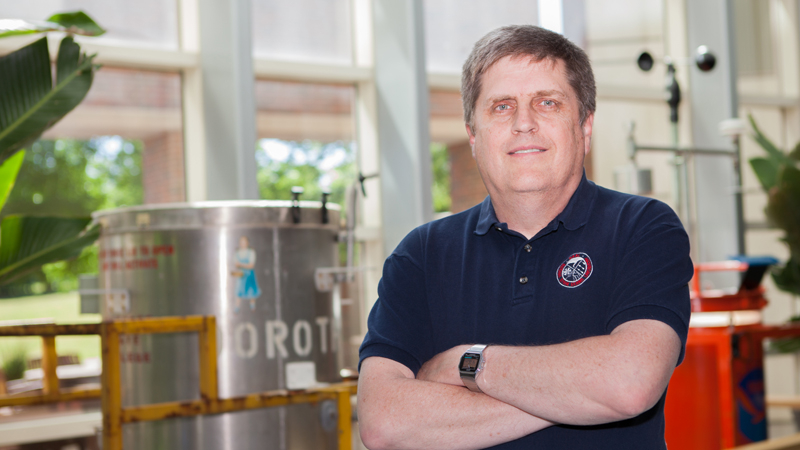
The day they arrived in Oklahoma to begin filming, most of the "Twister" cast, including star Bill Paxton, went storm-chasing with NOAA researchers participating in the VORTEX field project designed to study tornadoes like this one. Though the cast didn't see any tornadoes that day, VORTEX scientists took measurements of this one that occurred June 2, 1995, south of Dimmitt, Texas. (Image credit: NOAA NSSL)







